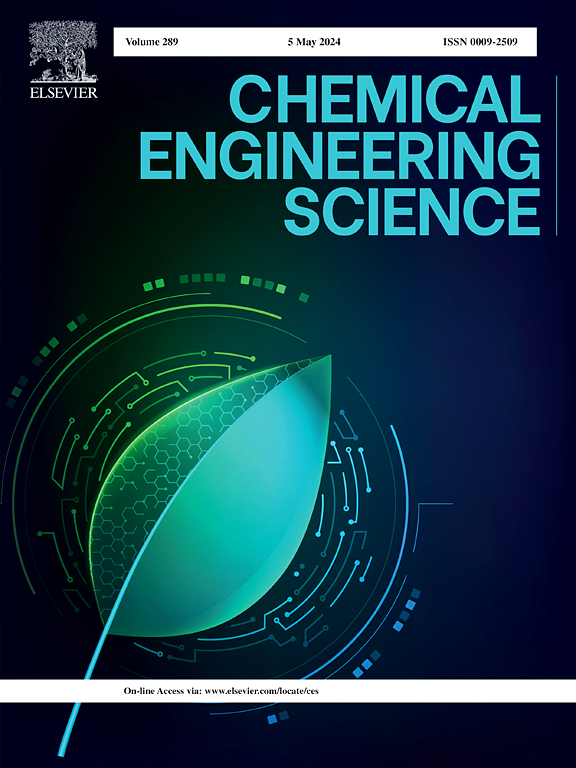Successive charging and discharging behaviour of a bio-organic sustainable phase change material and its instabilities
IF 4.1
2区 工程技术
Q2 ENGINEERING, CHEMICAL
引用次数: 0
Abstract
A bio-organic phase change material (PCM) is a viable candidate for thermal storage systems because of its high latent heat capacity and sustainability. The present study is motivated by the aim of analysing the actual behaviour of an economical organic PCM with its instabilities to meet the thermal energy storage requirements. Successive charging and discharging experiments are conducted on coconut oil as PCM with varying heat transfer fluid (HTF) inlet temperatures of 50 °C, 40 °C, and 30 °C for melting and 5 °C, 10 °C, and 15 °C for solidification across different mass flow rates. PCM temperature distributions are measured radially, axially, and diametrically. Three distinct stages are observed during melting, marked by a notable temperature drop in the intermediate stage. The temperature dip during the melting is found to be prominent under higher HTF temperatures. An issue like supercooling occurs, which gets reduced under lower initial PCM temperatures and diminishes further under slower cooling rates. Adjusting the HTF inlet temperature proved more advantageous during coconut oil melting, with the 50 °C case storing 26.8 % more energy than the 30 °C case, while solidification at 5 °C stored 7.8 % more energy than at 15 °C. Meanwhile, the mass flow rate has a minimal influence, showing only 7.4 % and 5.8 % deviations in charging and discharging when halved. The analysis of the behaviour provides in-depth insights into the implementation of an organic-bio-friendly PCM.
求助全文
约1分钟内获得全文
求助全文
来源期刊

Chemical Engineering Science
工程技术-工程:化工
CiteScore
7.50
自引率
8.50%
发文量
1025
审稿时长
50 days
期刊介绍:
Chemical engineering enables the transformation of natural resources and energy into useful products for society. It draws on and applies natural sciences, mathematics and economics, and has developed fundamental engineering science that underpins the discipline.
Chemical Engineering Science (CES) has been publishing papers on the fundamentals of chemical engineering since 1951. CES is the platform where the most significant advances in the discipline have ever since been published. Chemical Engineering Science has accompanied and sustained chemical engineering through its development into the vibrant and broad scientific discipline it is today.
 求助内容:
求助内容: 应助结果提醒方式:
应助结果提醒方式:


